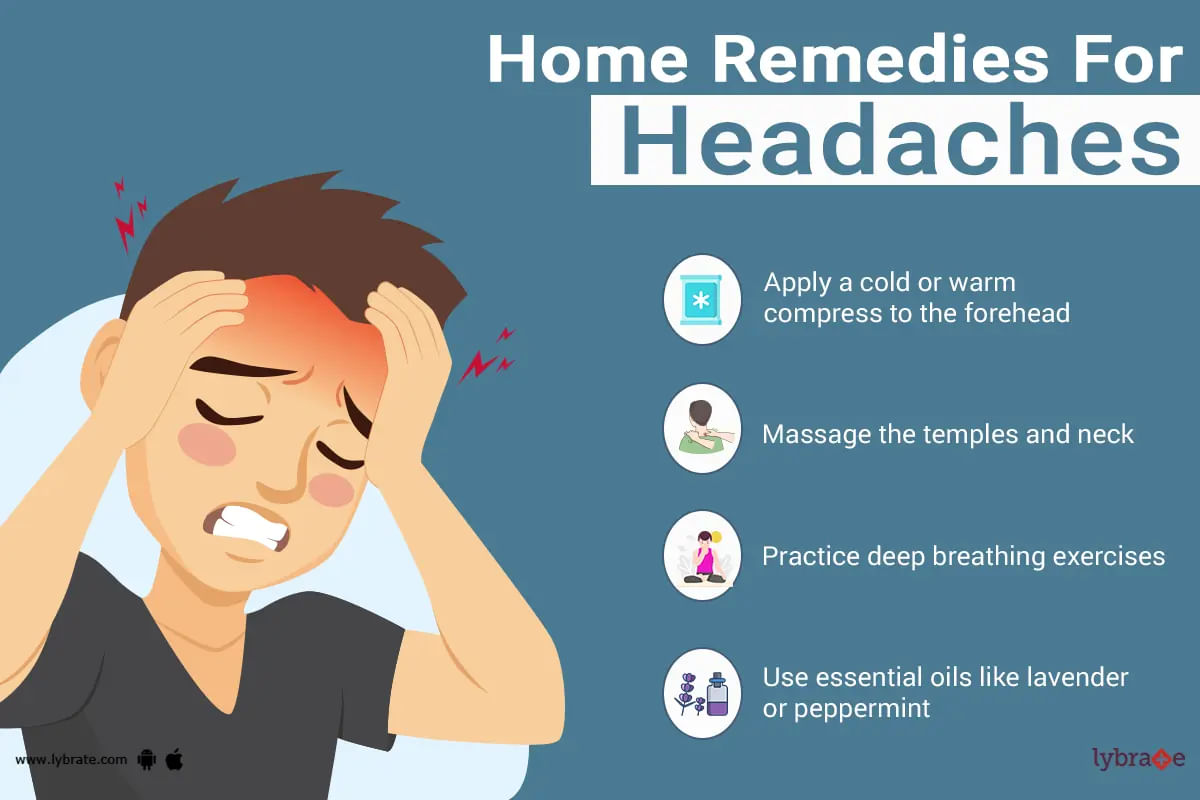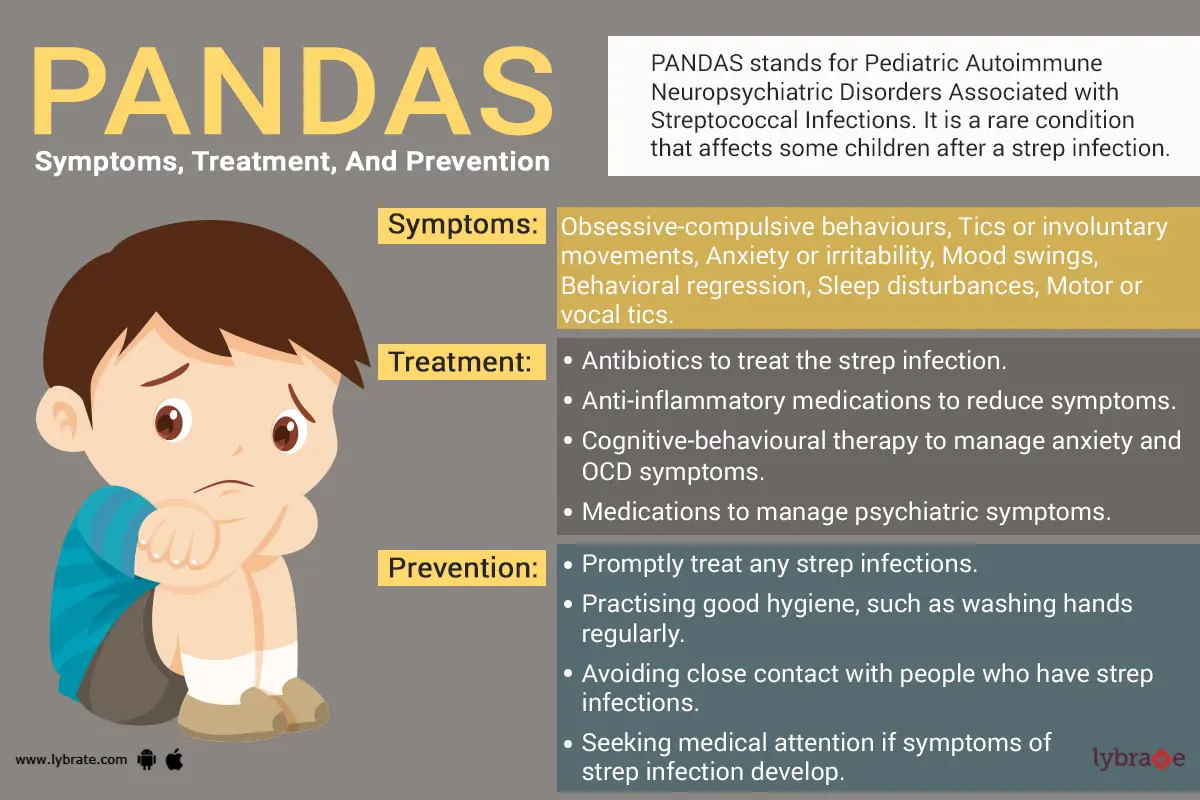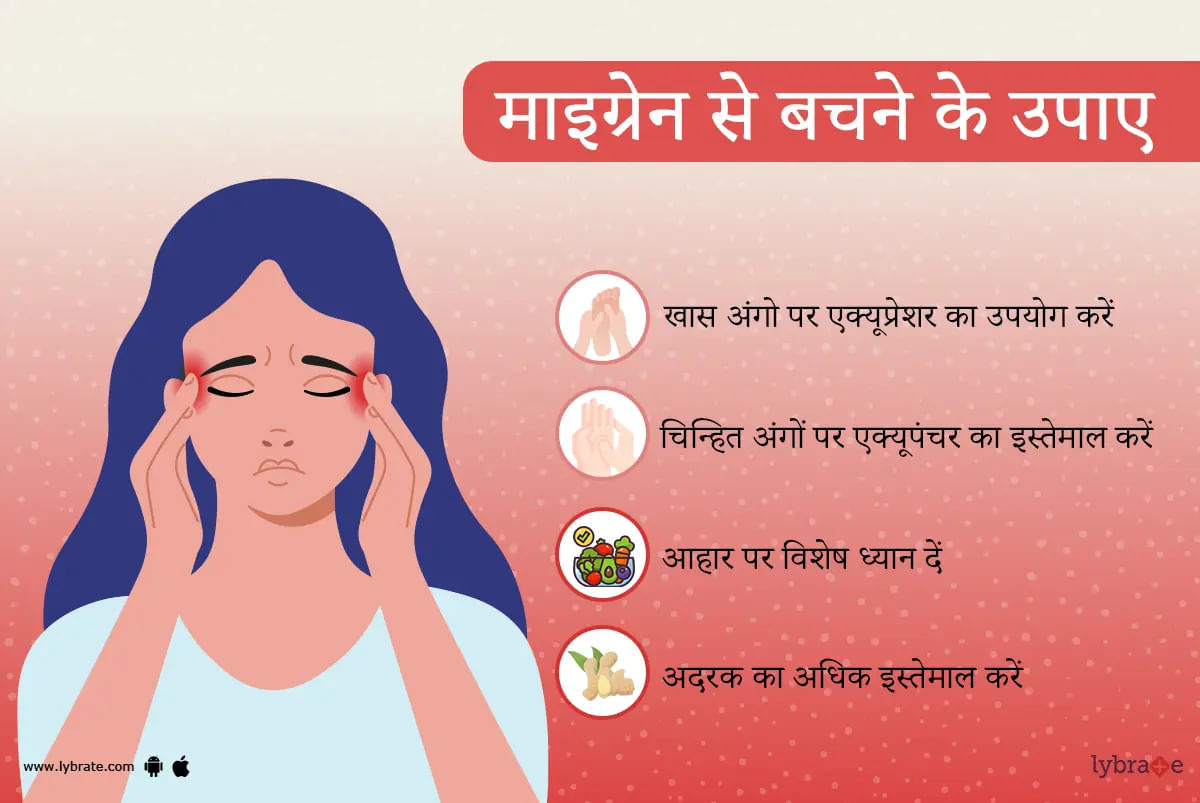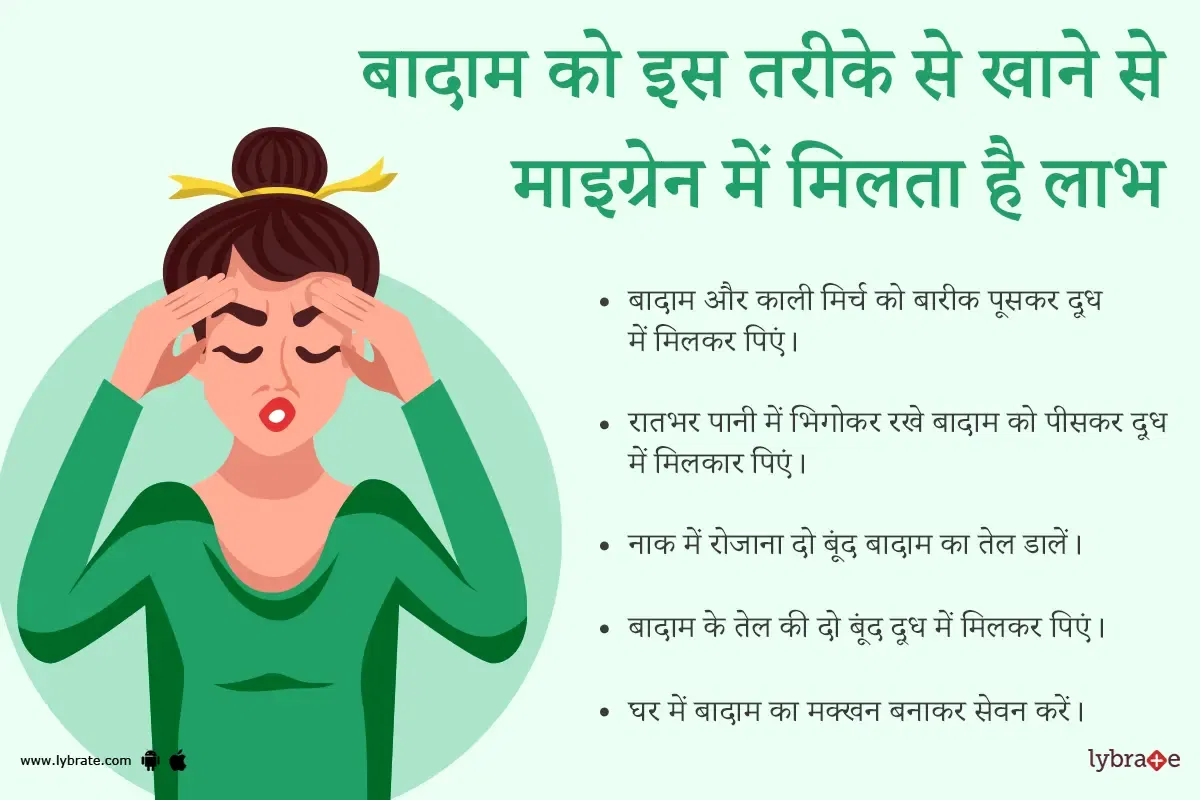Get the App
For Doctors
Login/Sign-up
About
Health Feed
Find Doctors
Health Packages
AllQ&AsTipsQuizzes
Migraine Tips
Last Updated: 3 years ago• Featured Tip
Share
Bookmark
Report
Headache means the pain in the head. The other name of headache is cephalalgia. The pain in the head is the result of the disorder of migraine, cluster headache, headache due to the tension and stress. There are various types of headache, such as cold-stimulus headache, sinus headache, tension headache, cluster headache, hangover headache and migraine headache. The symptoms of headache are pain in the head, neck pain, dizziness, high blood pressure, sensitivity to light, loss...more
287 people found this helpful
Last Updated: 3 years ago• Featured Tip
Share
Bookmark
Report
When there is pediatric streptococcal infection to children or adults, there is onset or aid in a neuropsychiatric disorder or condition called pandas (autoimmune neuropsychiatric disorders associated with streptococcus infections). Pans (pediatric acute-onset neuropsychiatric syndrome) is an umbrella under which pandas come as a subtype. Pans have many triggers and associated causes due to which different problems occur in the body. In pandas main symptoms are: ocd (obsessiv...more
673 people found this helpful
Last Updated: 3 years ago• Featured Tip
Share
Bookmark
Report
1. Dr. Namadhar sharma
Https://www. Lybrate. Com/delhi/doctor/dr-namadhar-sharma-ayurveda ;
Bams, md - ayurveda
38 years experience 200 at clinic 600 online
He is a committed and skilled ayurvedic physician. Both as a general practitioner and an expert in internal medicine, he sees patients. He earned his bams from baba mastnath ayurvedic medical college in rohtak and his md in ayurveda from the institute of postgraduate t...more
186 people found this helpful
Last Updated: 3 years ago• Featured Tip
Share
Bookmark
Report
1. Dr. Kavitha v. Reddy ;
Https://www. Lybrate. Com/bangalore/doctor/dr-kavitha-v-reddy-general-physician
Dgo, mbbs
21 years experience 450 at clinic ;
She is a highly recognized general physician who has successfully helped several people with intricate issues. Headaches can range from mild to severe in intensity and frequency from person to person, for which the physician has a lot of experience dealing with a countless n...more
Last Updated: 3 years ago• Featured Tip
Share
Bookmark
Report
Top 8 doctors for headaches in bangalore
1. Dr. Sharon christy r
Https://www. Lybrate. Com/bangalore/doctor/dr-sharon-christy-r-general-physician
Mbbs
1 year experience 100 at clinic 100 online
Dr. Sharon christy r is a well-respected physician having a number of patients treated with complex head-related disorders. She is among those who listen to your problems and provide you with the best treatment. Working as a general physician,...more
Last Updated: 3 years ago• Featured Tip
Share
Bookmark
Report
Top 10 doctors for headaches in delhi
1. Dr. Sanket gupta
Https://www. Lybrate. Com/delhi/doctor/dr-sanket-gupta-homeopath
Bhms, md-homeopathy, pgpc - preventive cardiology
13 years experience 500 at clinic 250 online
He is a homoeopathic specialist who has worked in the medical profession for many years, curing hundreds of people. He is a very skilled allergist/immunologist and also a specialist in pain management and obesity. He ha...more
173 people found this helpful
Last Updated: 3 years ago• Featured Tip
Share
Bookmark
Report
1. Dr. Sanket gupta
Https://www. Lybrate. Com/delhi/doctor/dr-sanket-gupta-homeopath
Bhms, md-homeopathy, pgpc - preventive cardiology
13 years experience 500 at clinic 250 online
He is an adept practitioner who works at health care facilities as a pain management and obesity specialist, where he treats patients who suffer from a variety of ailments brought on by their lifestyle choices. He also addresses cardiovascular problems. ;
As a dermato...more
Https://www. Lybrate. Com/delhi/doctor/dr-sanket-gupta-homeopath
Bhms, md-homeopathy, pgpc - preventive cardiology
13 years experience 500 at clinic 250 online
He is an adept practitioner who works at health care facilities as a pain management and obesity specialist, where he treats patients who suffer from a variety of ailments brought on by their lifestyle choices. He also addresses cardiovascular problems. ;
As a dermato...more
9 people found this helpful
Last Updated: 3 years ago• Featured Tip
Share
Bookmark
Report
Homeopathy Doctor•Bangalore
1. Dr. Rishabh vyas
Https://www. Lybrate. Com/bangalore/doctor/dr-rishabh-vyas-homeopath
Bhms
7 years of experience 300 at the clinic 250 online
He is a diabetologist and a thyroid specialist. He is a practising sexologist and an authority on male sexual dysfunction. He is an expert in infertility and allergies. He has training as a homoeopath. In 2015, he received his bachelor of homeopathic medicine and surgery degree from rajiv gandhi university ...more
Https://www. Lybrate. Com/bangalore/doctor/dr-rishabh-vyas-homeopath
Bhms
7 years of experience 300 at the clinic 250 online
He is a diabetologist and a thyroid specialist. He is a practising sexologist and an authority on male sexual dysfunction. He is an expert in infertility and allergies. He has training as a homoeopath. In 2015, he received his bachelor of homeopathic medicine and surgery degree from rajiv gandhi university ...more
Last Updated: 3 years ago• Featured Tip
Share
Bookmark
Report
आजकल की भागदौड़ भरी जिंदगी में सिरदर्द या माइग्रेन बहुत सामान्य बीमारी के तौर पर उभर रही है। माइग्रेन एक न्यूरोलॉजिकल समस्य है जो किसी भी उम्र के लोगों को हो सकती है। वैसे तो माइग्रेन का की बहुत सटीक इलाज या दवा नहीं है लेकिन बहुत सी ऐसी चीजें हैं जिससे माइग्रेन से पीड़ित लोगों को राहत मिल सकती है। आइए हम ऐसे तरीकों के बारे में बात करते हैं जो माइग्रेन से राहत दिलाते हैं।
1- एक्यूप्रेशर
एक्यूप्रेशर की प्रक्रिया मे शरीर के खास अंगों पर दबाव डाला जाता है जिससे ये बिंदु उत्तेजित होते ...more
1- एक्यूप्रेशर
एक्यूप्रेशर की प्रक्रिया मे शरीर के खास अंगों पर दबाव डाला जाता है जिससे ये बिंदु उत्तेजित होते ...more
1951 people found this helpful
Last Updated: 3 years ago• Featured Tip
Share
Bookmark
Report
Neurologist•Meerut
हमारे बदलते लाइफस्टाइल के साथ कई बीमारियां ऐसी हैं जो बेहद आम हो चुकी हैं। बात खाने पीने की हो या भरपूर नींद लेने के बजाय देर रात तक पार्टी करने की ।कई वजह ऐसी हैं जो हमारे स्वास्थ्य को बुरी तरह प्रभावित कर रही हैं। ऐसे में ब्लड प्रेशर,डायबिटीज़, थायरायड औऱ ना जाने कितनी बीमारियों ने हमारे शरीर में घर बना लिया है। ऐसी ही बीमारियों में से एक है माइग्रेन का दर्द। हमारे आस पास के लोगों को ये शिकायत करत सुना है कि उन्हें माइग्रेन की समस्या है। माइग्रेन से पीड़ित लोग कई डॉक्टरों क...more
2282 people found this helpful
Book appointment with top doctors for Migraine treatment
View fees, clinic timings and reviews
Ask a free question
Get FREE multiple opinions from Doctors
posted anonymously













